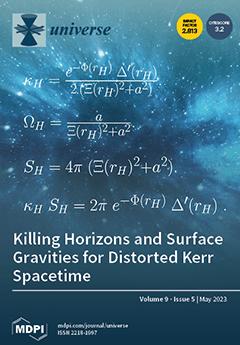This paper surveys recent progress in our search for an appropriate internal space algebra for the standard model (SM) of particle physics. After a brief review of the existing approaches, we start with the Clifford algebras involving operators of left multiplication by octonions. A central role is played by a distinguished complex structure that implements the splitting of the octonions
, which reflect the lepton-quark symmetry. Such a complex structure on the 32-dimensional space
of
Majorana spinors is generated by the
volume form,
, and is left invariant by the Pati–Salam subgroup of
,
. While the
invariant volume form
of
is known to split
on a complex basis into left and right chiral (semi)spinors,
is interpreted as the projector on the 16-dimensional
particle subspace (which annihilates the antiparticles).The standard model gauge group appears as the subgroup of
that preserves the sterile neutrino (which is identified with the Fock vacuum). The
-graded internal space algebra
is then included in the projected tensor product
. The Higgs field appears as the scalar term of a superconnection, an element of the odd part
of the first factor. The fact that the projection of
only involves the even part
of the second factor guarantees that the color symmetry remains unbroken. As an application, we express the ratio
of the Higgs to the
W boson masses in terms of the cosine of the
theoretical Weinberg angle.
Full article





